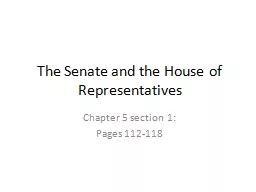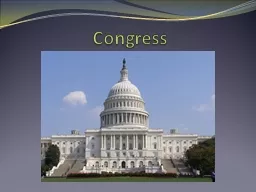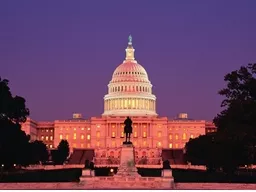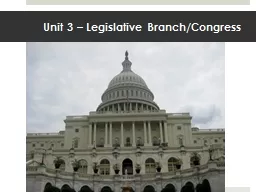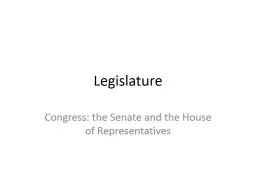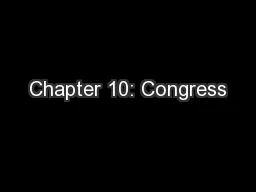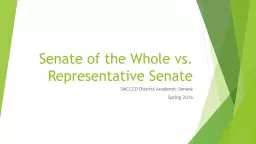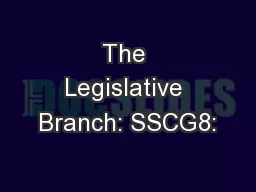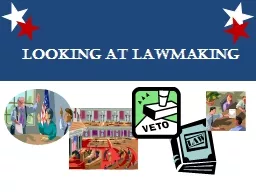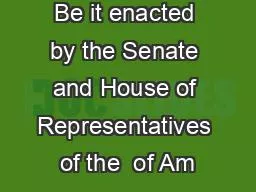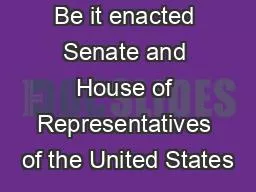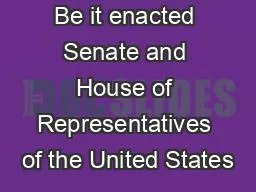PPT-The Senate and the House of Representatives
Author : briana-ranney | Published Date : 2016-07-02
Chapter 5 section 1 Pages 112118 Congress Congress is the Law making Branch of the United States Government It is bicameral or has 2 houses called the Senate House
Presentation Embed Code
Download Presentation
Download Presentation The PPT/PDF document "The Senate and the House of Representati..." is the property of its rightful owner. Permission is granted to download and print the materials on this website for personal, non-commercial use only, and to display it on your personal computer provided you do not modify the materials and that you retain all copyright notices contained in the materials. By downloading content from our website, you accept the terms of this agreement.
The Senate and the House of Representatives: Transcript
Download Rules Of Document
"The Senate and the House of Representatives"The content belongs to its owner. You may download and print it for personal use, without modification, and keep all copyright notices. By downloading, you agree to these terms.
Related Documents

